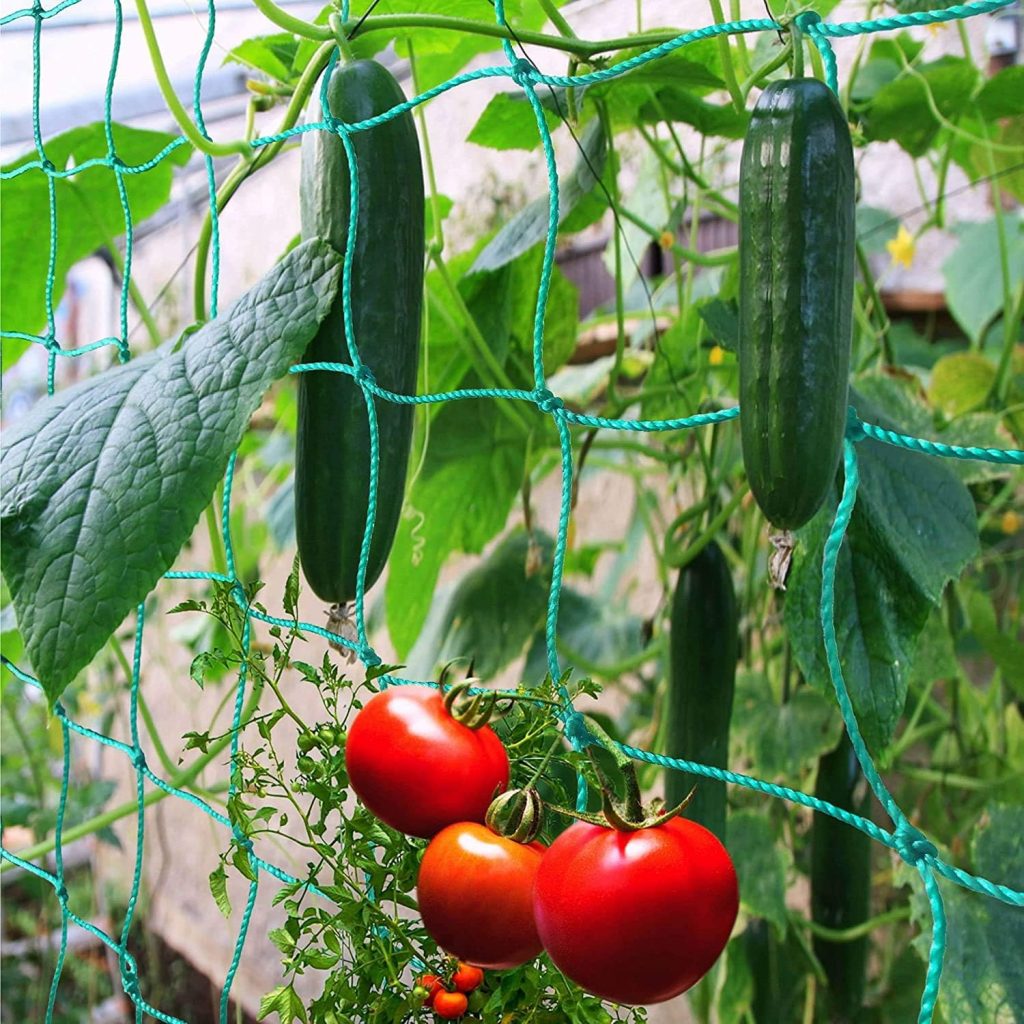The Customizability of Organic Gardening
The customizability of organic gardening offers a vibrant canvas for cultivating sustainable and personalized green spaces.
Rooted in ecological principles, organic gardening empowers individuals to tailor their plots to suit diverse needs and preferences. From selecting plant varieties best suited to local climates to designing layouts that optimize space and light, practitioners wield creative freedom in every aspect. This flexibility extends to soil composition, pest management strategies, and even the incorporation of companion planting techniques.
Whether aiming for a bountiful harvest of heirloom vegetables, a lush array of native flowers to attract pollinators, or a tranquil sanctuary for meditation, organic gardening embraces a spectrum of visions. This harmonious synergy between nature and human ingenuity not only yields nutritious produce but also fosters a deeper connection to the earth and a more sustainable way of living.
The Customizability of Organic Gardening
Here are some ways you can customize organic gardening to fit your needs:
- Tailored Crop Selection: Choose plant varieties that suit your taste preferences, local climate, and soil conditions. Opt for heirloom or hybrid varieties that thrive in your region and fulfill your dietary preferences, whether it’s vegetables, fruits, herbs, or flowers.
- Personalized Soil Amendments: Conduct a soil test to understand its composition and pH level. Customize soil amendments accordingly, such as adding compost, aged manure, or specific organic fertilizers to address deficiencies and optimize soil health for your chosen plants.
- Watering Techniques: Adjust watering schedules and methods based on plant requirements, weather patterns, and soil moisture levels. Employ drip irrigation, soaker hoses, or mulching to conserve water and ensure efficient delivery to the root zone.
- Companion Planting: Plan companion planting arrangements to maximize space utilization, deter pests, and enhance pollination. Tailor plant combinations to your specific garden layout and pest management needs.
- Natural Pest Control: Implement organic pest control strategies tailored to your garden’s pest pressures and ecological balance. Incorporate techniques such as companion planting, beneficial insect habitat creation, row covers, and hand-picking pests to minimize damage without resorting to chemical interventions.
- Seasonal Timing: Customize planting and harvesting schedules according to your local climate and growing season. Use season extenders like cold frames or row covers to protect tender crops from early or late frosts.
- Space Optimization: Utilize space efficiently by incorporating vertical gardening, raised beds, or container gardening. The layout customizability can help the garden achieve maximize sunlight exposure, airflow, and accessibility for planting, maintenance, and harvesting.
- Personalized Sustainability Practices: Adopt sustainable practices tailored to your resources and lifestyle, such as rainwater harvesting, composting, and organic mulching. Your can customize your approach to minimize environmental impact while promoting long-term garden productivity and resilience.

